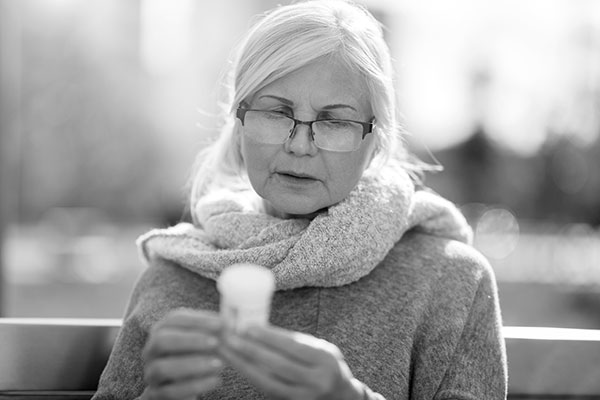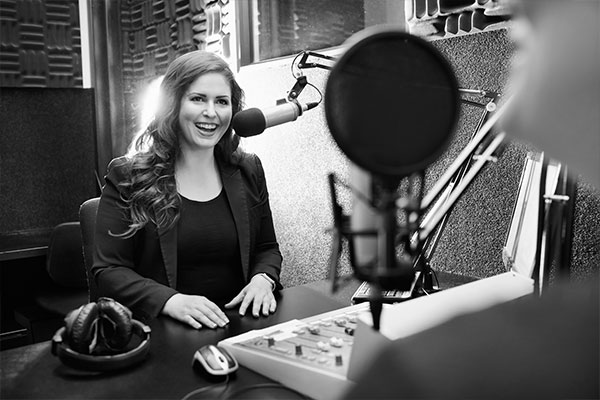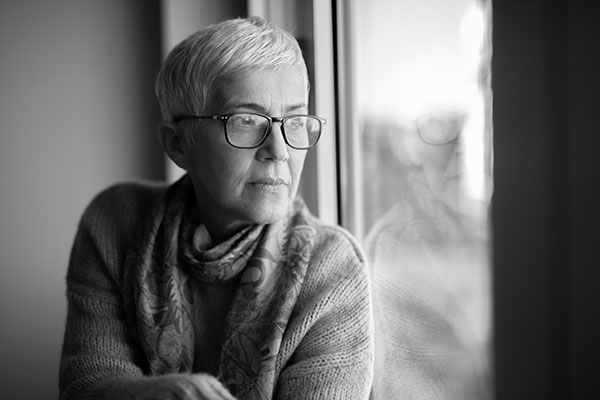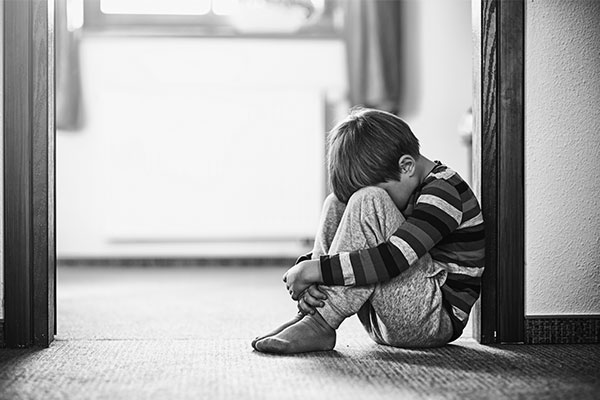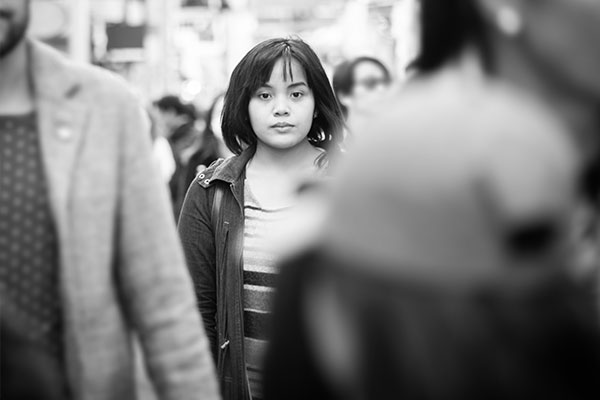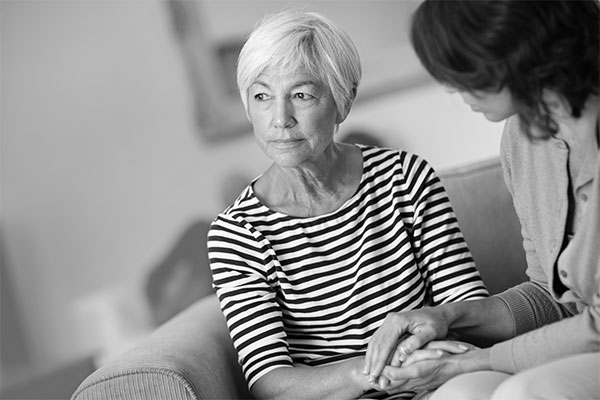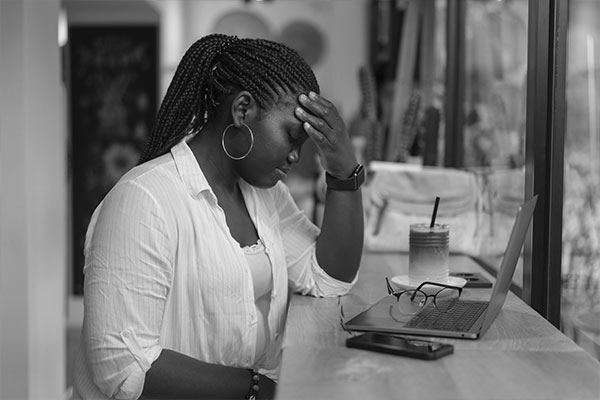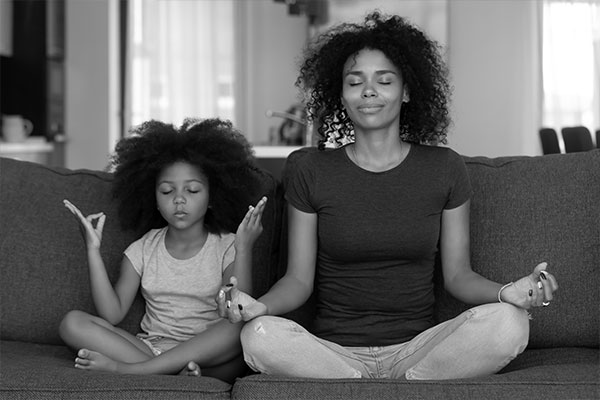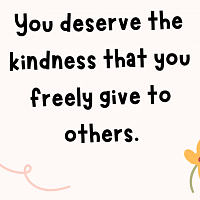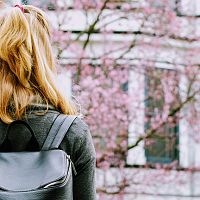Anxiety Disorders and Kids

All children experience some anxiety; this is normal and expected. For example, when left alone at preschool for the first time, many children will show distress; a young child with his or her own room may develop a fear of the dark. Such anxiety becomes a problem when it interrupts a child’s normal activities, like attending school and making friends or sleeping. Persistent and intense anxiety that disrupts daily routine is a mental health problem that requires help.
What Are the Most Common Anxiety Disorders in Children?
There are several types of anxiety disorders. The list below describes those most common to children.
Generalized Anxiety Disorder —Children with generalized anxiety disorder (GAD) have repeated fears and worries that they find difficult to control. They worry about almost everything—school, sports, being on time, even natural disasters. They may be restless, irritable, tense, or easily tired, and they may have trouble concentrating or sleeping. Children with GAD are usually eager to please others and may be “perfectionists" who are dissatisfied with their own less-than-perfect performance.
Separation Anxiety Disorder —Children with separation anxiety disorder have intense anxiety about being away from home or caregivers that affects their ability to function socially and in school. These children have a great need to stay at home or be close to their parents. Children with this disorder may worry a lot about their parents when they are apart from them. When they are together, the child may cling to parents, refuse to go to school, or be afraid to sleep alone. Repeated nightmares about separation and physical symptoms such as stomachaches and headaches are also common in children with separation anxiety disorder.
Social Phobia —Social phobia usually begins in the mid-teens and typically does not affect young children. Young people with this disorder have a constant fear of social or performance situations such as speaking in class or eating in public. This fear is often accompanied by physical symptoms such as sweating, blushing, heart palpitations, shortness of breath, or muscle tenseness. Young people with this disorder typically respond to these feelings by avoiding the feared situation. For example, they may stay home from school or avoid parties. Young people with social phobia are often overly sensitive to criticism, have trouble being assertive, and suffer from low self-esteem. Social phobia can be limited to specific situations, so the adolescent may fear dating and recreational events but be confident in academic and work situations.
Post-traumatic Stress Disorder —Children who experience a physical or emotional trauma such as witnessing a shooting or disaster, surviving physical or sexual abuse, or being in a car accident may develop post-traumatic stress disorder (PTSD). Children are more easily traumatized than adults. An event that may not be traumatic to an adult—such as a bumpy plane ride—might be traumatic to a child. A child may “re-experience” the trauma through nightmares, constant thoughts about what happened, or reenacting the event while playing. A child with PTSD will experience symptoms of general anxiety, including irritability or trouble sleeping and eating. Children may exhibit other symptoms such as being easily startled.
What Can Parents and Caregivers Do?
By identifying, diagnosing and treating anxiety disorders early, parents and others can help children reach their full potential. Anxiety disorders are treatable. Effective treatment for anxiety disorders may include some form of psychotherapy, behavioral therapy, or medications. Children who exhibit persistent symptoms of an anxiety disorder should be referred to and evaluated by a mental health professional who specializes in treating children. The diagnostic evaluation may include psychological testing and consultation with other specialists. A comprehensive treatment plan should be developed with the family, and, whenever possible, the child should be involved in making treatment decisions.





